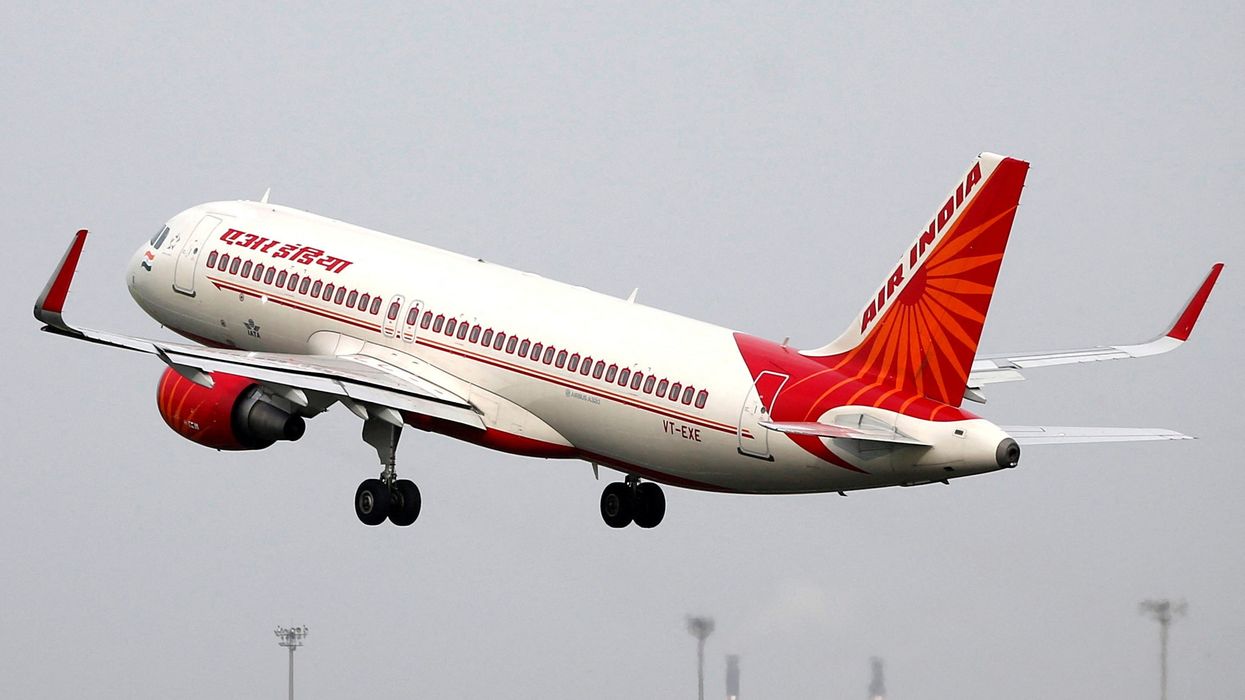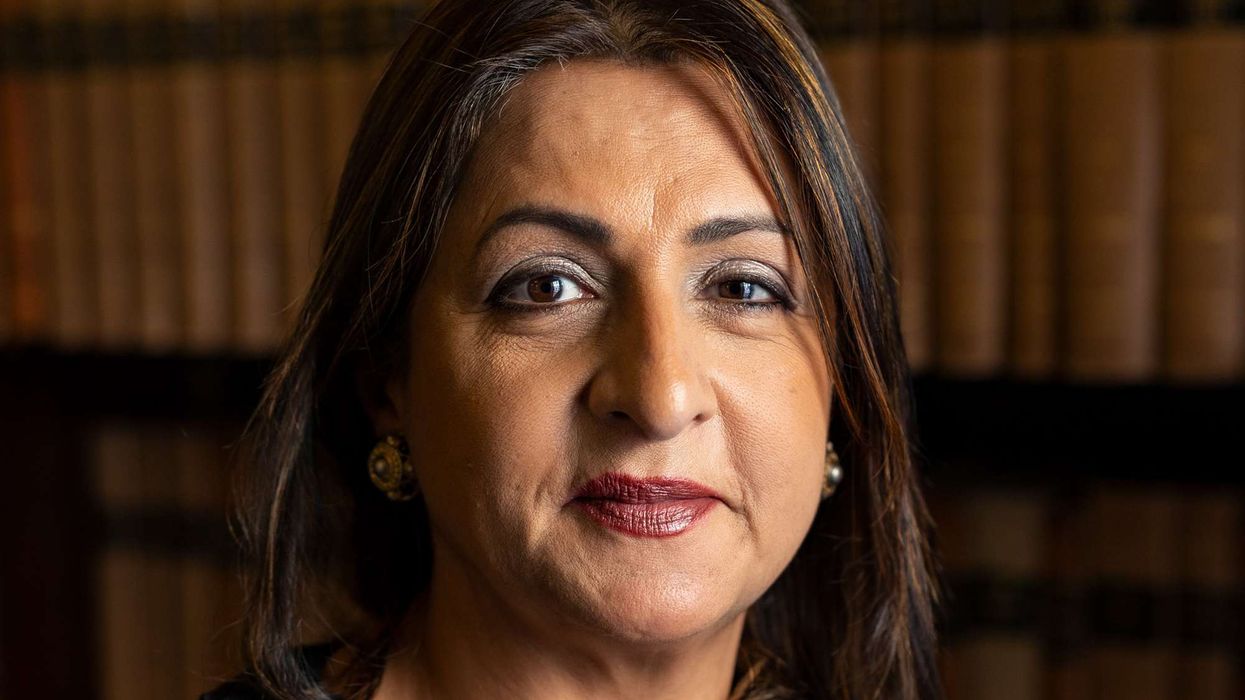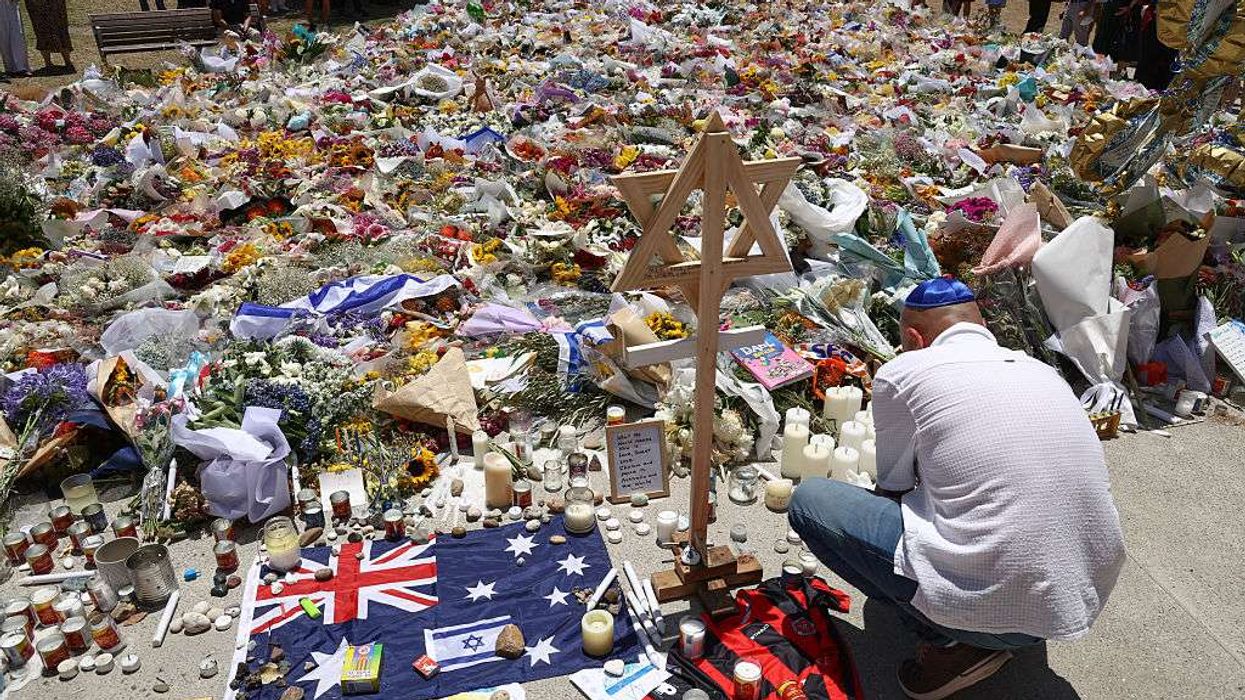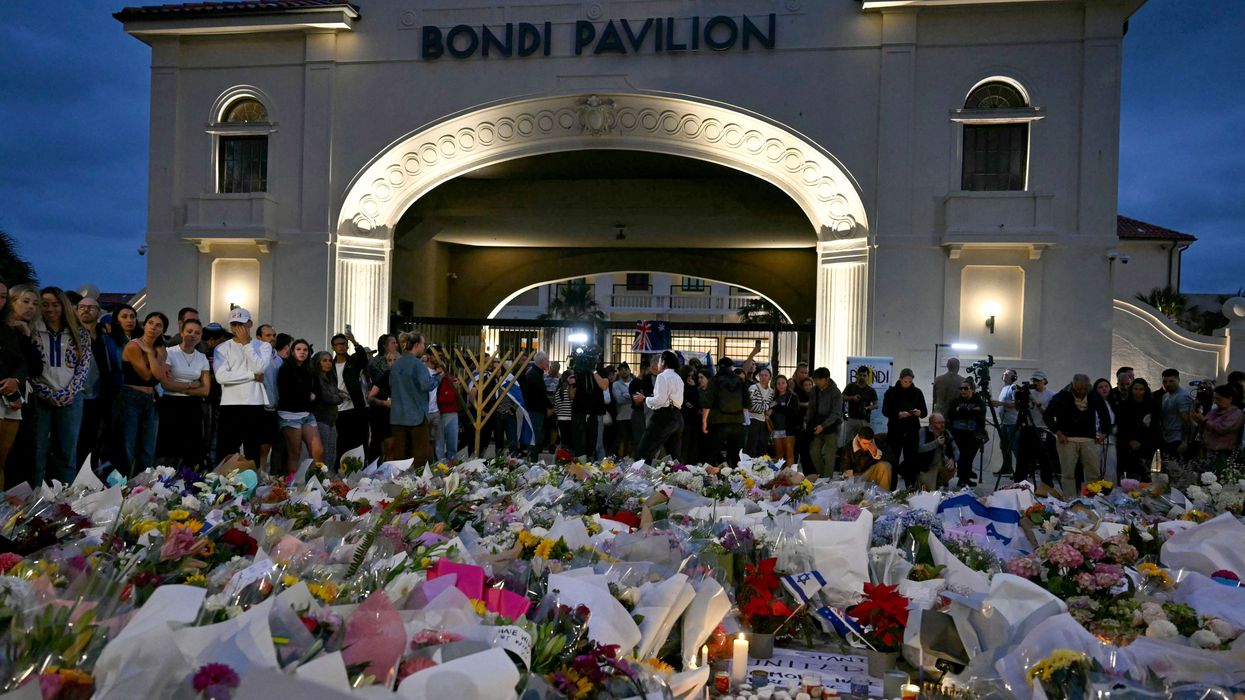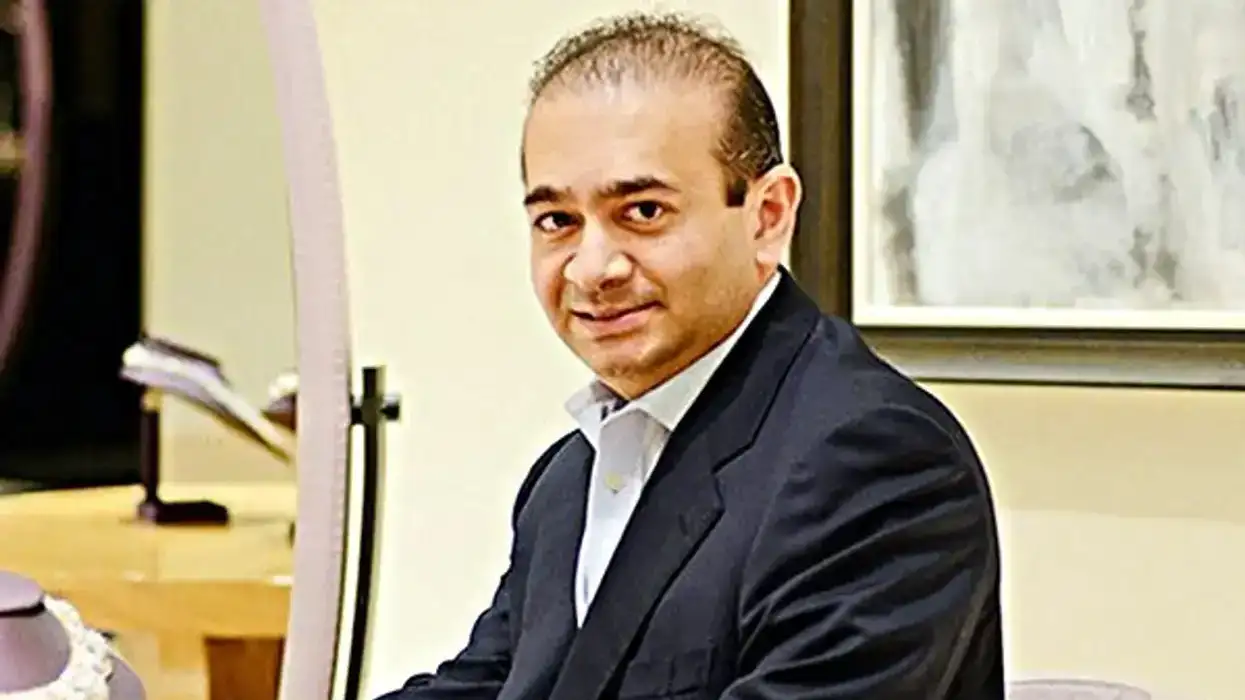INDIA's aviation regulator, the Directorate General of Civil Aviation (DGCA), said on Wednesday it found 263 safety-related lapses across Indian airlines during its annual audit.
The findings included 23 at IndiGo, the largest carrier, and 51 at Air India, the second largest.
The DGCA said the audits were part of International Civil Aviation Organization requirements and global best practices. It noted that airlines with larger fleets generally have more findings.
Reuters reported on Tuesday that the DGCA’s July audit of Air India found 51 lapses, including inadequate pilot training, use of unapproved simulators, and a poor rostering system. The DGCA said the audit was not related to the Boeing 787 crash in Ahmedabad last month that killed 260 people.
The regulator also reported 14 deficiencies at SpiceJet, 17 at Vistara, and 25 at Air India Express, the low-cost arm of Air India. Akasa Air has not yet been audited.
The DGCA divided the breaches into two categories: "Level I", which are significant breaches, and "Level II", which are other non-compliances. It said 19 "Level I" breaches were identified across Indian airlines.
(With inputs from Reuters)
